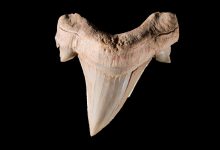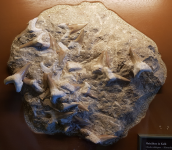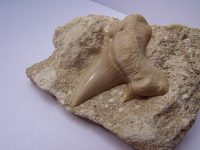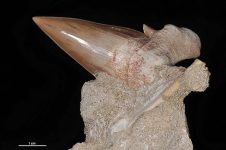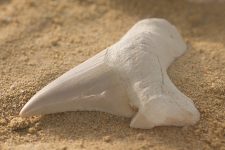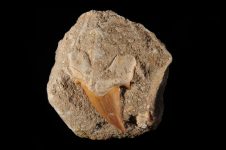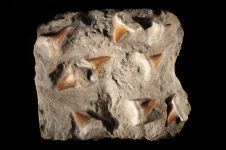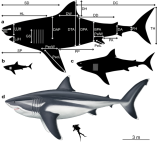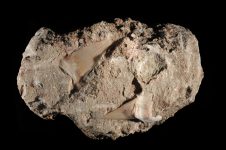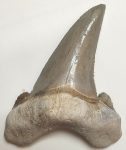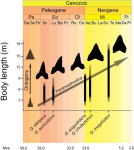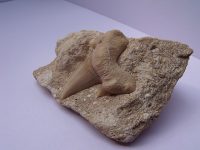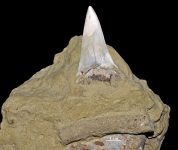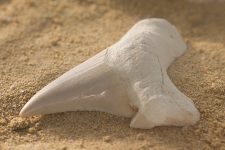Otodus
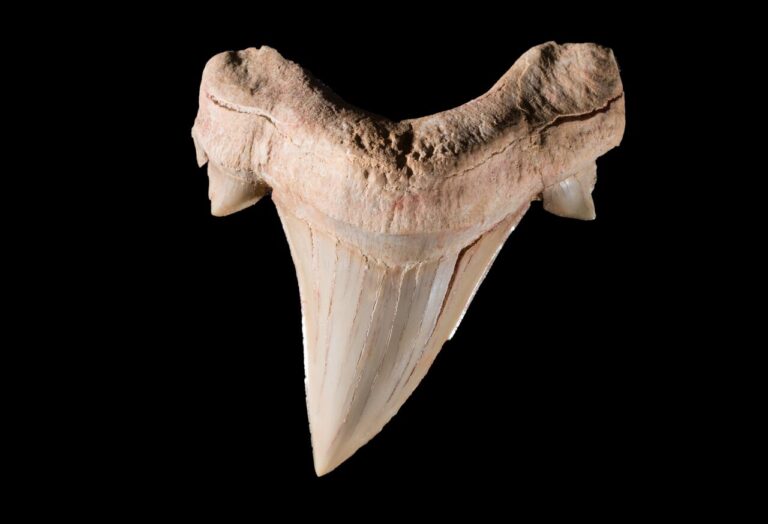

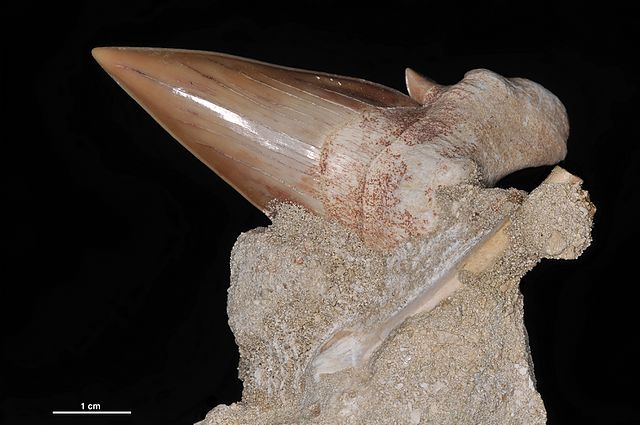
OTODUS
Otodus is an extinct genus of large, predatory sharks that existed during the Paleocene and Eocene epochs, approximately 60 to 45 million years ago. These sharks were formidable apex predators of ancient oceans, characterized by their robust teeth, streamlined bodies, and role as top predators in marine ecosystems. In this exploration, we delve into the anatomy, evolution, habitat, diet, extinction, and scientific significance of Otodus.
Anatomy and Physical Characteristics
Otodus sharks exhibited several key anatomical features typical of large predatory sharks:
Teeth: Otodus sharks had large, triangular teeth with serrated edges, designed for grasping and cutting prey such as fish, marine mammals, and other large vertebrates. These teeth were continually replaced throughout the shark’s life, ensuring their effectiveness in hunting and feeding.
Body Structure: They possessed streamlined bodies and powerful jaws adapted for swift and efficient swimming, enabling them to pursue and capture fast-moving prey in open ocean environments.
Size: Otodus sharks were among the largest predatory sharks of their time, with estimates suggesting they could reach lengths of up to 30 feet (about 9 meters). Their size and predatory adaptations made them formidable apex predators in ancient seas.
Evolutionary History
Otodus sharks evolved from earlier shark ancestors during the Paleocene epoch, following the mass extinction event that marked the end of the Cretaceous period. They underwent significant diversification and adaptation throughout the Paleocene and Eocene epochs, occupying various ecological niches as apex predators in marine ecosystems worldwide.
Habitat and Distribution
Otodus sharks inhabited warm to temperate oceans globally during the Paleocene and Eocene epochs. They were particularly abundant in shallow coastal waters and continental shelves, where prey abundance and favorable environmental conditions supported their predatory lifestyle. Fossil discoveries indicate that Otodus sharks were distributed across multiple continents, including North America, Europe, Africa, and Asia.
Diet and Feeding Behavior
As apex predators, Otodus sharks played crucial roles in regulating marine food webs and ecosystems. Their diet likely consisted of a diverse range of prey, including large fish, marine reptiles, seabirds, and occasionally marine mammals. The serrated teeth of Otodus sharks were well-suited for gripping and slicing through the flesh of their prey, facilitating efficient feeding and digestion.
Extinction
The extinction of Otodus sharks occurred during the Eocene epoch, approximately 45 million years ago, as part of broader changes in marine ecosystems and predator-prey dynamics. Factors contributing to their decline and extinction may have included environmental shifts, changes in oceanic circulation patterns, and shifts in prey availability. The gradual decline of Otodus sharks coincided with the rise of other predatory sharks and marine mammals that adapted to evolving oceanic conditions during the late Eocene and subsequent epochs.
Scientific Significance
Otodus sharks hold significant scientific importance as key indicators of ancient marine biodiversity, predator-prey interactions, and evolutionary adaptations in shark species. Fossilized remains of Otodus sharks provide valuable insights into their anatomy, feeding behavior, ecological roles, and contributions to marine ecosystems during the Paleocene and Eocene epochs. By studying Otodus fossils, paleontologists can reconstruct ancient environments, track changes in marine biodiversity, and investigate the factors influencing shark evolution and extinction over geological time scales.
Cultural and Educational Significance
Otodus sharks have captured the imagination of scientists and the public alike, serving as iconic symbols of ancient marine predators and contributors to Earth’s geological history. Fossil discoveries of Otodus teeth and skeletal remains have inspired scientific research, museum exhibitions, and educational outreach initiatives, promoting public awareness and appreciation for shark evolution and biodiversity through geological time.
Conservation and Preservation
Efforts to protect and preserve Otodus fossils and associated geological sites are essential for maintaining their scientific and educational value. National parks, fossil reserves, and research institutions play crucial roles in safeguarding Otodus specimens, promoting public education, and supporting ongoing research into Earth’s ancient marine ecosystems and evolutionary processes.
